By Okke Batelaan, Flinders University/NCGRT
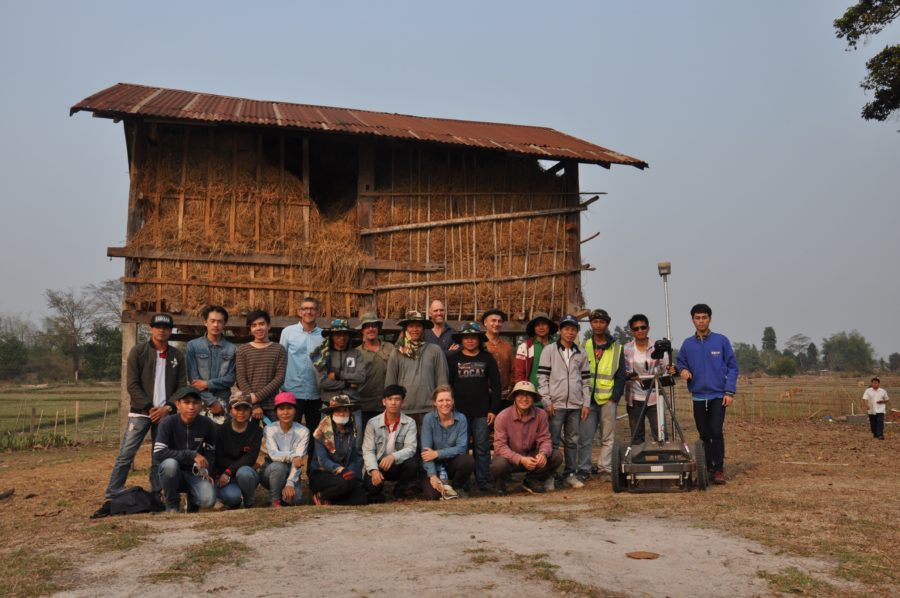
Participants of the hydrogeophysics field training with its focus on the Vientiane Plain, Laos (Photo credit: Okke Batelaan, NCGRT)
Flinders University with its National Centre for Groundwater Research and Training (NCGRT) (GRIPP partner), together with the National University of Laos, the Lao Department of Water Resources and the International Water Management Institute, recently carried out an 8-day field training (16 to 23 March 2018) on the use of contemporary hydrogeophysical techniques for groundwater exploration on the Vientiane Plain in Lao PDR.
The methods applied, many for the first time, included various geophysical tools – Nano TEM (transient electromagnetic), electrical resistivity tomography, ground penetrating radar, frequency domain electromagnetic induction and downhole geophysical logging. The hands-on training benefited over 20 representatives from government departments and the National University.
This work is part of a project supported by Geoscientists Without Borders that aims to build human and institutional capacity in groundwater resources assessment and management in the country with a focus on ensuring sustainable use of groundwater for local communities in the Vientiane Plain. The Vientiane Plain is an area of population and agricultural growth but is suffering variable monsoon rains and an extended dry season and therefore unreliable water supplies. Hence, groundwater is becoming an increasingly important resource, for which management and resource assessment capacity is in demand.
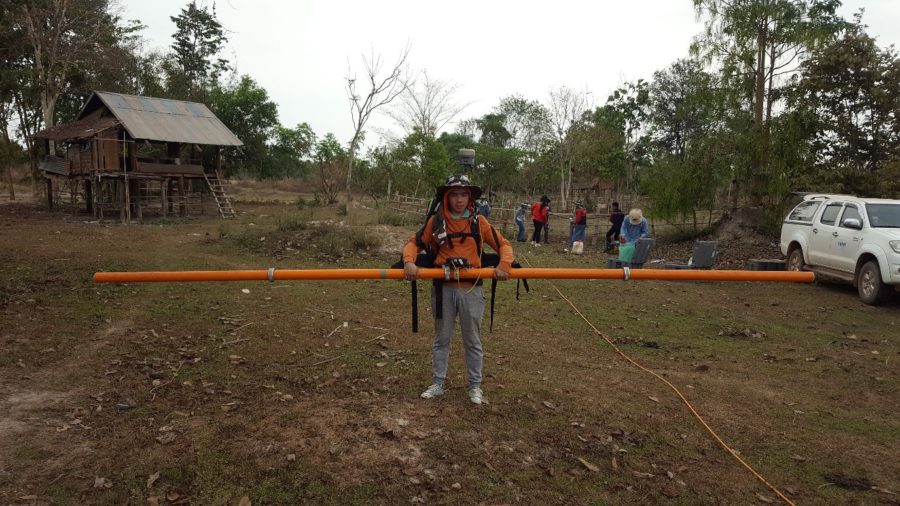
Hydrogeophysical survey with the ‘CMD’ frequency domain electromagnetic conductivity meter (Photo credit: Okke Batelaan, NCGRT)
















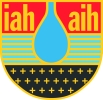






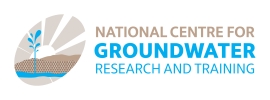









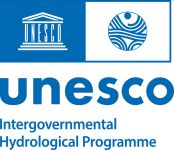
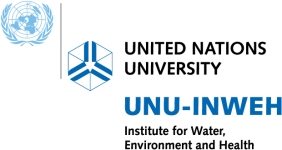



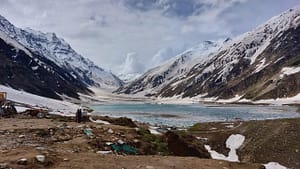




Pingback: Developing a national profile and a pilot sustainable management plan for groundwater for the Sekong River Basin in Lao PDR - GRIPP